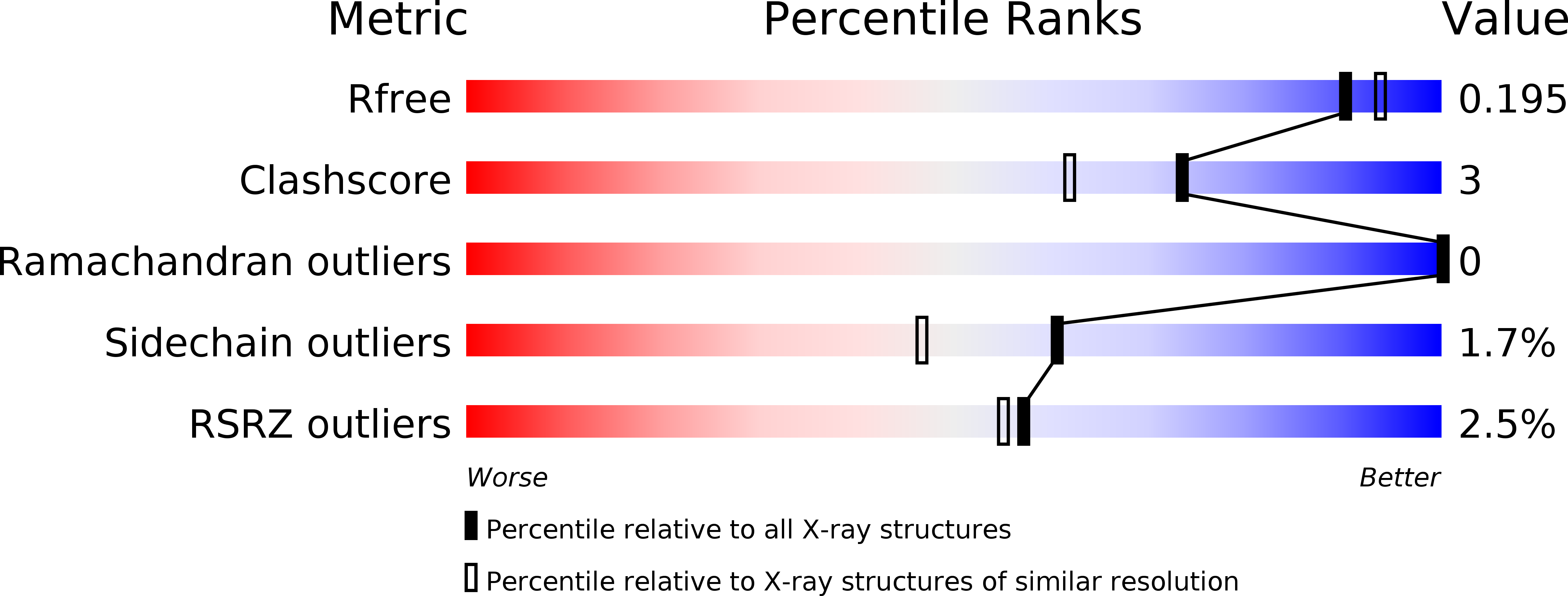
Deposition Date
2019-11-22
Release Date
2020-08-05
Last Version Date
2023-10-11
Entry Detail
PDB ID:
6V2E
Keywords:
Title:
Crystal structure of the human CLR:RAMP2 extracellular domain heterodimer with bound high-affinity adrenomedullin S45R/K46L/S48G/Q50W variant
Biological Source:
Source Organism:
Escherichia coli (strain K12) (Taxon ID: 83333)
Homo sapiens (Taxon ID: 9606)
Homo sapiens (Taxon ID: 9606)
Host Organism:
Method Details:
Experimental Method:
Resolution:
1.83 Å
R-Value Free:
0.18
R-Value Work:
0.15
R-Value Observed:
0.15
Space Group:
P 21 21 21


